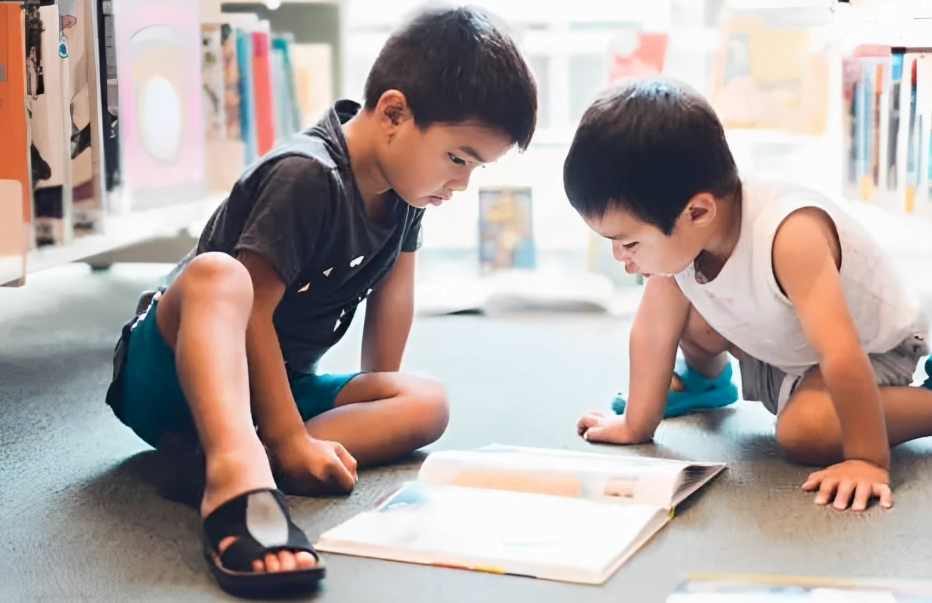In the ever-evolving landscape of education, time is of the essence, and educators are constantly seeking ways to deliver impactful lessons within constrained timeframes. The challenge of conducting effective library lessons in just 30 minutes can be particularly daunting, but with strategic planning and innovative approaches, it is indeed possible to engage learners and foster a love for reading, writing, and learning within this brief window. This article delves into the realm of planning efficient 30 minute library lessons that captivate and educate busy students.
Quick And Engaging: 30 Minute Library Lessons For Busy Learners
Navigating the modern educational landscape demands agility, especially when time is a precious commodity. Designing library lessons that are both swift and captivating requires careful consideration of learning objectives, content delivery methods, and student engagement strategies. By incorporating concise introductions, interactive activities, and concise wrap-ups, educators can craft immersive experiences that ensure learners absorb key concepts and skills even within a short timeframe. An array of creative techniques, from engaging icebreakers to thought-provoking discussion questions, can set the stage for an enriching 30 minute library lessons that leaves a lasting impact.

Create An Organization System For Your Library Books
Efficiency lies at the heart of effective 30-minute library lessons. Organizing the library space and resources in a manner that promotes seamless access can significantly enhance the learning experience. Developing a streamlined categorization system, implementing intuitive signage, and utilizing digital platforms for easy cataloging can empower students to swiftly locate and utilize materials, maximizing the effectiveness of their time spent in the library.
Quickly Improve Reading Skills With Fun Library Activities
Short library lessons can serve as potent platforms for nurturing essential reading skills. Incorporating dynamic reading activities, such as timed reading challenges, partner reading exercises, or interactive read-aloud sessions, can ignite enthusiasm for literature while enhancing comprehension, vocabulary, and critical thinking abilities. By weaving these activities into brief library sessions, educators can foster a culture of literacy and make reading a delightful part of students’ daily routines.
Utilize Poetry To Teach Writing Skills In The Library
Unleash the power of poetry as a captivating tool to nurture writing skills within the library. Engage students in creative expression through structured forms like haikus, sonnets, and limericks, fostering mastery of rhythm and rhyme. Encourage exploration of themes, emotions, and imagery, cultivating a rich vocabulary. Utilize poetry workshops to teach essential elements such as metaphors, similes, and wordplay, imparting a deeper understanding of language nuances. Showcase famous poets’ works to inspire and ignite discussions on technique. By immersing students in the beauty of language and self-expression, the library becomes a dynamic hub for honing writing prowess, unveiling the artistry that flourishes when the magic of poetry intertwines with the journey of learning.
Teaching Math Skills Through Storytelling
Unlock the world of mathematics through the power of storytelling. Integrate math concepts seamlessly into narratives, making them relatable and engaging. Build characters facing math-related challenges, solving problems as part of the plot. Utilize real-life scenarios to showcase practical applications of math, fostering understanding. Create stories around geometric shapes, numbers, or equations, making abstract concepts tangible. Let the narrative drive curiosity, encouraging exploration and critical thinking. By weaving math into stories, you nurture a deeper appreciation for the subject, fostering a love for learning while honing essential math skills in an enjoyable way.
Engage Students With A Range Of Technology Tools In The Library
Harnessing technology in 30-minute library lessons can open new dimensions of engagement and learning. Introducing students to educational apps, interactive e-books, digital research tools, or virtual field trips can infuse a sense of exploration and innovation into brief library sessions. By carefully curating technology resources aligned with lesson objectives, educators can empower students to navigate the digital landscape effectively while expanding their knowledge horizons.
Get Creative: Developing Unique Book Report Ideas
Concluding a lesson within 30 minutes can be a rewarding challenge when centered around creative book reporting. Encouraging students to demonstrate their comprehension and critical thinking through innovative book report formats, such as digital presentations, dramatic skits, or artistic interpretations, can inject excitement into the learning process. This approach not only helps students refine their communication skills but also nurtures their individuality and self-expression, making the library lesson a memorable experience.
Conclusion
In the fast-paced educational landscape, the art of crafting impactful 30 minute library lessons lies in strategic planning, creativity, and a deep understanding of learner needs. By embracing efficient organization, dynamic activities, and innovative approaches, educators can cultivate an environment where even brief encounters with the library space result in meaningful learning experiences. Through the fusion of technology, literature, and creative thinking, these lessons have the potential to shape well-rounded, engaged, and enthusiastic learners who are prepared to thrive in a rapidly changing world.
RESOURCE LINKS:
https://en.wikipedia.org/wiki/Library

Jesus Jenkins is an Arizona based audio engineer and musician who specializes in creating rich, atmospheric soundscapes. With a passion for both music and sound, Jesus uses his expertise to craft unique soundscapes for his production and performance work. His experience has seen Jesus in a variety of roles, from touring with top recording artists, to writing music for documentaries and commercials.


